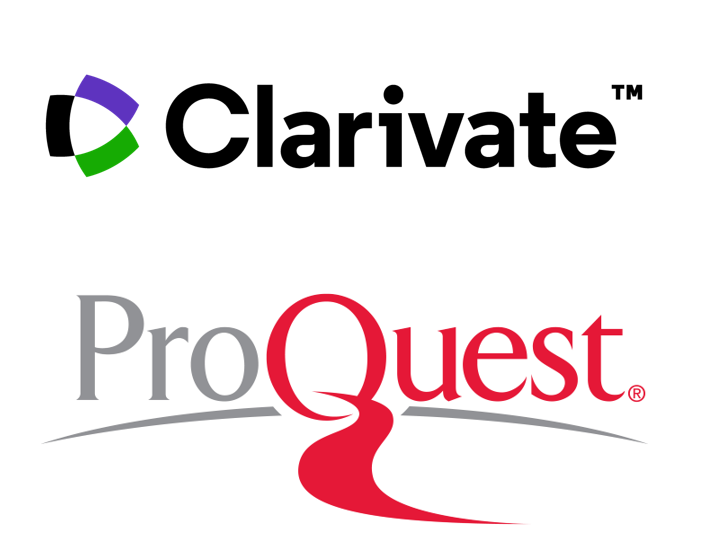The building emission reduction potential of South African residential building efficiency tools – A review
DOI:
https://doi.org/10.18820/24150487/as27i2.6Keywords:
building energy efficiency tools, climate change mitigation, green buildings, residential sectorAbstract
The building sector’s levels of greenhouse gas emissions and energy consumption are a significant contributor to South Africa’s overall carbon emissions. This influences the country’s ability to meet its commitments to the Paris Agreement, which aims to limit the effects of global climate change. This review article focuses on the climate change mitigation strategies that are employed by the building sector, specifically the potential impact of mandatory and voluntary building energy efficiency regulations, standards, initiatives, and certifications common to South Africa’s residential market. International research on the impact of green building tools tends to focus on the commercial rather than the residential sector, due to limited energy data availability. Within this context and given the exploratory and evaluative nature of the present research endeavour, substantial reliance has had to be made on a number of grey literature for this research. A review of the South African building efficiency tools shows that there is potential for a 16% reduction in the energy intensity of the residential sector by 2030. This will, however, be offset by the projected increased building floor area and is as such insufficient to meet South Africa’s commitments to the Paris Agreement. Thus, more ambitious targets are required. Given the growth of the residential sector and the potential impact of the various tools, a focus on improved and timeous mandatory regulations for new builds is crucial, in order to meet our climate commitments.
Downloads
##submission.downloads##
Published
How to Cite
Issue
Section
License

This work is licensed under a Creative Commons Attribution 4.0 International License.
Publishing rights: Copies maybe uploaded to institutional repositories. Disclaimer: Views and opinions expressed in this article are those of the author(s). Publication thereof does not indicate that the Editorial Staff or the University of the Free State accept responsibility for its content.










